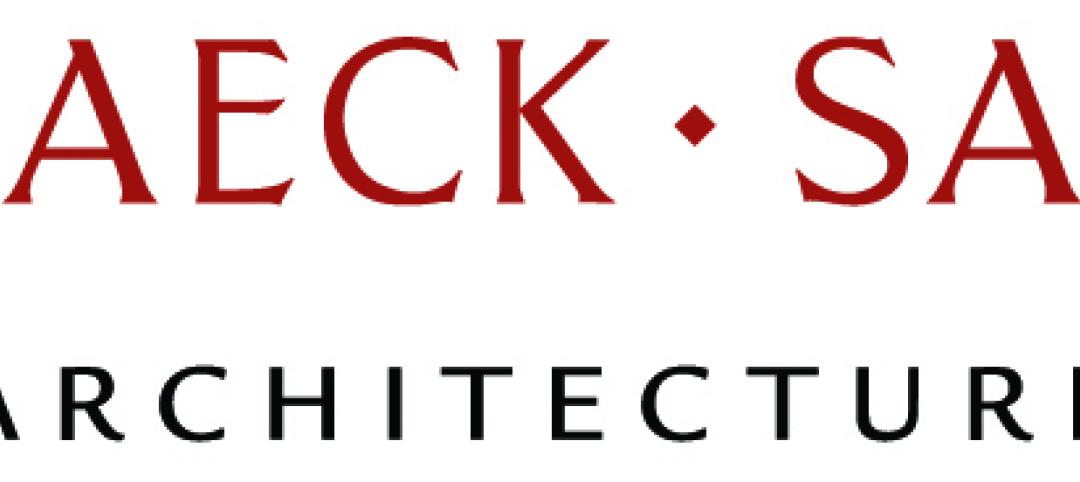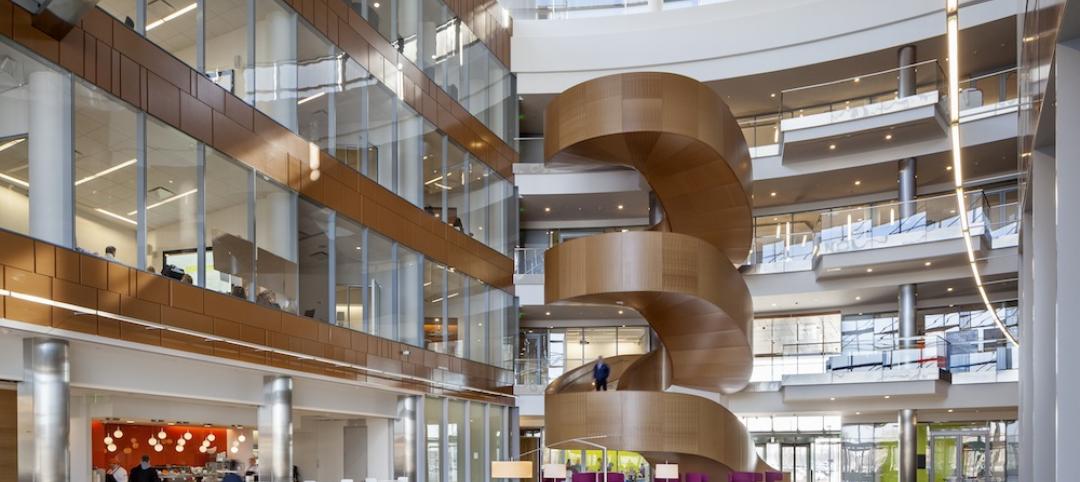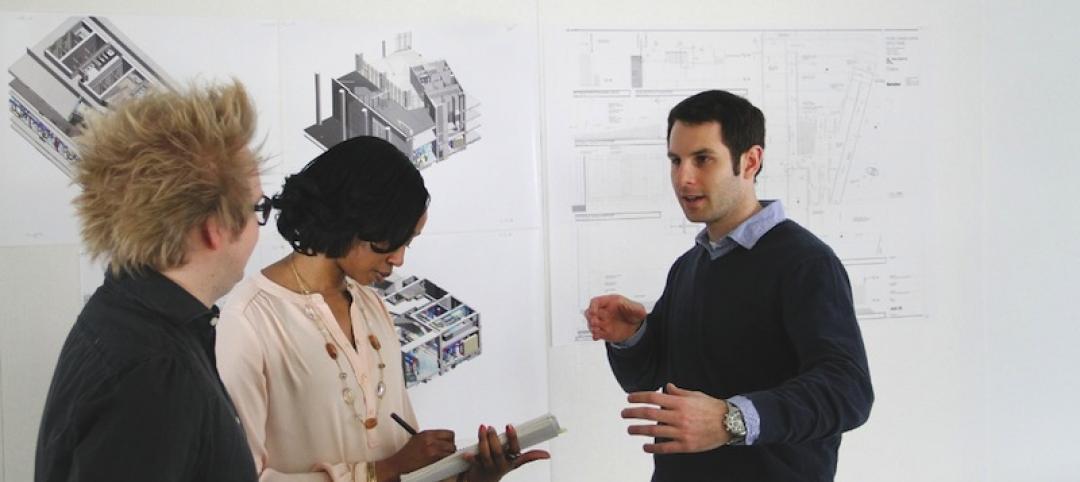The conveyance industry has come a long way since the country’s first passenger elevator was installed in a New York City store, back in 1856, by Elisha Otis. Today, we ride up and down an estimated 900,000 elevators in the United States, collectively making 18 billion passenger trips per year, according to the National Elevator Industry.
Growth in escalators and moving walkways, which debuted at the World’s Columbian Exposition of 1893 in Chicago, can double that figure in certain markets, such as airports. But that is not the only new development in the world of vertical transport.
After reading this article, you should be able to:
? Describe the benefits of new technology solutions for building vertical transportation systems in terms of energy efficiency, safety, and spatial flexibility.
? Discuss the applications of such energy-saving systems as machine-roomless elevators, double-decker and twin elevators, and destination-based controls.
? List several green building techniques and initiatives related to vertical conveyance systems.
? Explain how new codes affect elevator and escalator designs, and cite two or more examples of specific codes affecting their application, particularly with regard to sustainability.
To earn 1.0 AIA/CES Discovery HSW/SD learning units, complete the reading and take the 10-question exam.
Related Stories
| Apr 9, 2013
FMI predicts 8% rise in construction put in place for 2013
FMI, the largest provider of management consulting and investment banking services to the engineering and construction industry released today its Q1-2013 Construction Outlook. The forecast for total construction-put-in-place for 2013 continues to show an increase of 8% over 2012 levels.
| Apr 8, 2013
Most daylight harvesting schemes fall short of performance goals, says study
Analysis of daylighting control systems in 20 office and public spaces shows that while the automatic daylighting harvesting schemes are helping to reduce lighting energy, most are not achieving optimal performance, according to a new study by the Energy Center of Wisconsin.
| Apr 6, 2013
Lord, Aeck & Sargent and Urban Collage merge
In a move that brings full-service planning expertise to its already well-established architecture practice, Lord, Aeck & Sargent (LAS) has merged with Urban Collage (UC), one of the largest urban and campus planning and design firms in the Southeast. Combining these firms’ talents was made official today. UC plans to retain its name for the foreseeable future.
| Apr 6, 2013
First look: GlaxoSmithKline's double LEED Platinum office
GlaxoSmithKline and Liberty Property Trust/Synterra Partners transform the work environment with the opening of Five Crescent Drive
| Apr 5, 2013
Bangkok gets a leaning tower, that may topple
A seven-story apartment tower under construction in Bangkok has started to tilt and is on the verge of toppling.
| Apr 5, 2013
Snøhetta design creates groundbreaking high-tech library for NCSU
The new Hunt Library at North Carolina State University, Raleigh, incorporates advanced building features, including a five-story robotic bookBot automatic retrieval system that holds 2 million volumes in reduced space.
| Apr 5, 2013
'My BIM journey' – 6 lessons from a BIM/VDC expert
Gensler's Jared Krieger offers important tips and advice for managing complex BIM/VDC-driven projects.
| Apr 5, 2013
Commercial greenhouse will top new Whole Foods store in Brooklyn
Whole Foods and partner Gotham Greens will create a 20,000-sf greenhouse atop one of the retailer's Brooklyn supermarkets. Expected to open this fall, the facility will supply produce to nine Whole Foods stores in metro New York City.
| Apr 5, 2013
Projected cost for Apple's Campus 2 balloons to $5 billion
Campus 2, Apple Inc.'s proposed ring-shaped office facility in Cupertino, Calif., could cost $5 billion to build, according to a report by Bloomberg.
| Apr 5, 2013
Extreme LEGO: Wondrous micro city built out of 200,000 blocks
Master LEGO builder Mike Doyle unveils his latest creation, an out-of-this-world micro city that celebrates peaceful alien contact.

















